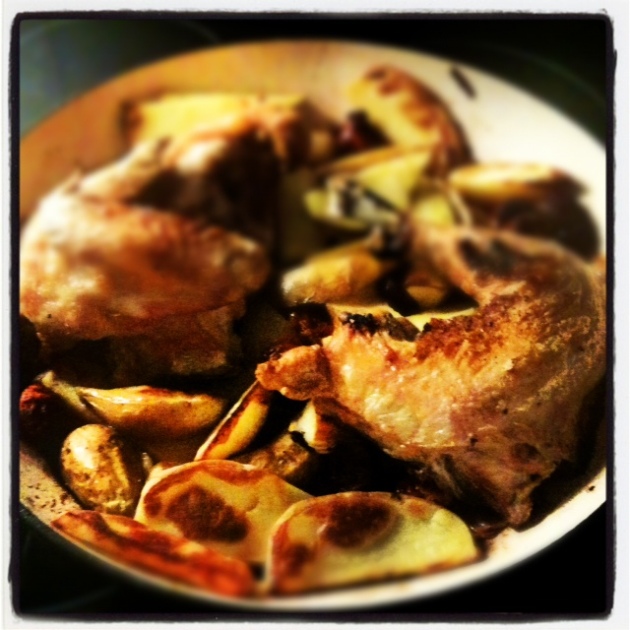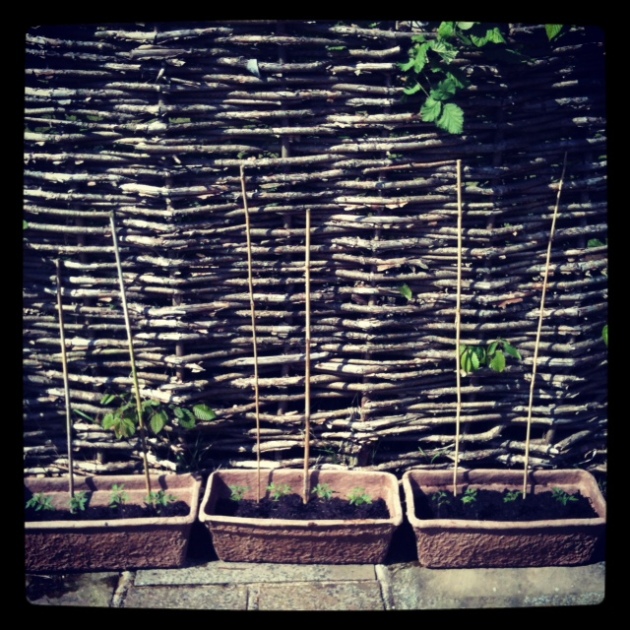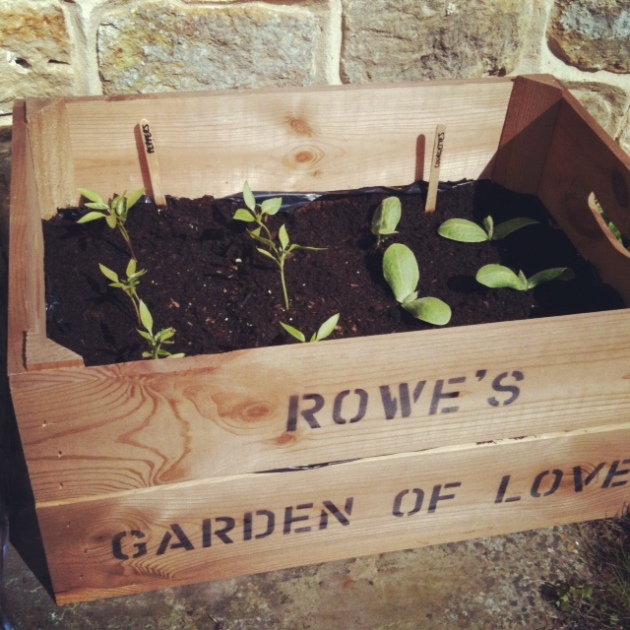Given how small the Cotswolds is, it always surprises me how well known it is. Perhaps it is the golden stone, the pretty villages that seem to attract more than their fair share of celebrity residents, or perhaps it is the new breed of foodie entrepreneurs popping up in the area.
Thyme at Southrop Manor is one such business that has diversified and created something truly special. Set in a former monastery – a few doors down from Kate Moss’ pad, if we’re still talking celebrities – Thyme is a stunning barn conversion featuring a state-of-the-art kitchen and cookery school, a lecture theatre and dining room, plus three cottage suites and an eight-bed manor house available for rental, and gorgeous grounds. Owned and run by the same folks as The Swan pub and restaurant, the venue runs cookery, growing, gardening and foraging courses; and, most recently, author lectures and lunches.
With the help of guest chef Silvana de Soissons, the founder of The Foodie Bugle, the new events have featured a talk by a renowned food writer, followed by a lunch of their recipes. With great names including Diana Henry and Guild of Food Writers award-winner Emmanuel Hadjiandreou, I couldn’t resist – my date with the sometimes controversial The Telegraph writer, Xanthe Clay was booked.
If Xanthe’s not talking about the virtues of salt (I agree) or wading for English-grown wasabi, then she’s slating fake food television. This time, however, she was talking about her new book The Contended Cook (Kyle Books). As with her last effort, Ten Minutes to Table (which has to be one of my most well-thumbed recipe books on the shelf), the ethos is very much about using a few easily available ingredients and cooking them well.
The naturally confident and charming Xanthe spoke for about two hours about the idea behind the book, how she got into food writing and, interestingly, about some of her favourite kitchen gadgets and hero ingredients. Matching her ’50s style dress and pretty Mary Jane shoes, Xanthe pulled out a kitsch Laura Ashley knitting bag, which doubled as her culinary bag of tricks.
Her favourite gadgets included a Microplane – but it had to be the thin grater (less likely to break from wear and tear) and she advised against using for cheese. There was a classic rubber spatula (although she mourned for her children who could no longer get the full benefit of licking the bowl with such an efficient tool). And there was also, surprisingly, a ceramic knife. While brittle, so easily shattered or chipped, these knives are ridiculously sharp. They also never have to be sharpened.
Xanthe also showed us some of her essential ingredients. Fennel seeds were passed around – these should be used as a seasoning, said Xanthe. Why are we so reliant on black pepper, she asked. There was a sweetly sour pomegranate molasses, which one of the fellow guests suggested drizzling over ricotta with crushed coriander seeds before baking – yum. Then there were English quinces, which filled the room with their heady perfume. These, Xanthe explained, needed long slow cooking to release a beautiful flush of red colour.
After an informal book signing, and chance to chat to Xanthe, we sat down to a richly autumnal dinner table. A long wooden table had been simply adorned with huge pumpkins, pared back green crockery and glassware, and rustic platters of bread and butter. We were fed with a hearty, but a pleasingly frugal, beef shin, spelt and tomato soup. It was a whole meal in a bowl, warming, and had serious depth of flavour. The recipe is in the book so I will definitely be replicating it this weekend. This was followed by a squidgy apple cake, again in the book, which was delicately spiced, moist with a moreish sugary crust.
As part of the lunch, you are able to tour the grounds and the accommodation and you can see why the venue is becoming increasingly popular for weddings. The next event as part of Silvana’s series takes place this Thursday, 1 November, and costs £45 per person and includes a lecture, demo and lunch with Emmanuel Hadjiandreou. For tickets, visit thymeatsouthrop.co.uk.






















